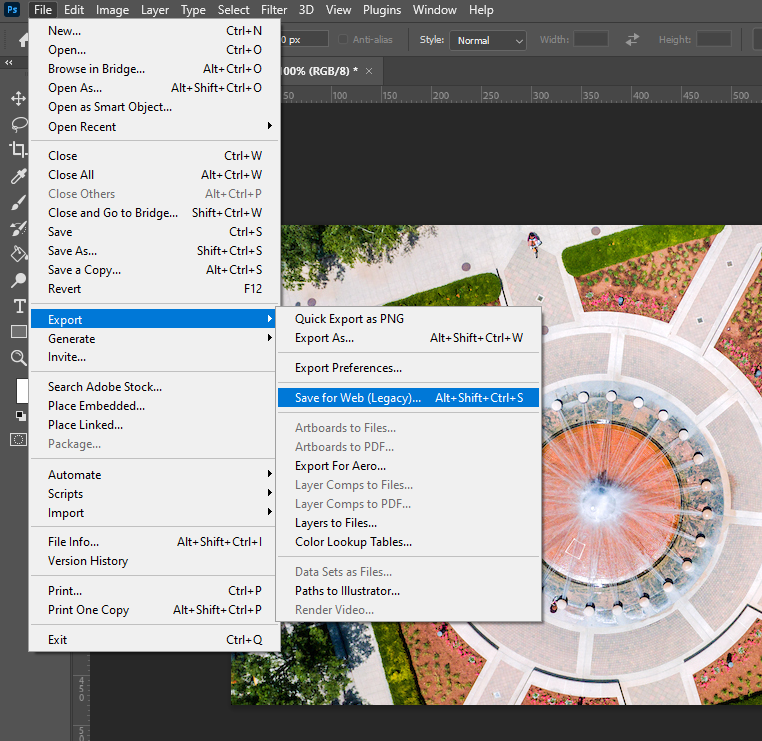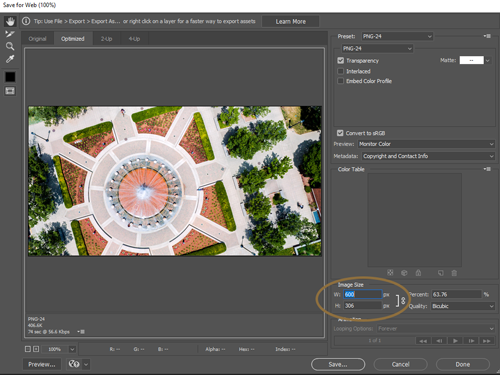Email Guidelines
Follow these Enrollment Management guidelines to help you create effective, timely and approvable emails for prospective, admitted and current students.
Content Guidelines:
Content
- Use a focused subject line that is to the point, tells the readers what the email is about and grabs their attention.
- Keep things short and sweet. Students do not want to read through long emails, so avoid emails longer than ~300- 400 words.
- Avoid bullet-point lists of links. Keep your mailing focused with one call-to-action so you can measure your message’s success with confidence.
- Be intentional with your message.
- Do not overwhelm your audience with a lot of information or tiresome lists. Demonstrate what your area is doing to create possibilities for our students. Go beyond a simple reporting of the facts and tell a compelling story.
- Leverage the brand voice and tone.
- Put the most important information at the top and key details throughout the body copy.
- Give one clear call to action. In addition to the one thing we want them to know, there should be one thing we want them to do.
- Do not use ‘Purdue University’ in your signature.
- The mailing is coming from a Purdue email address, includes a Purdue University logo or cobrand, and has Purdue footer information – so the context is provided.
- Complete a final proofread on your message – checking for any errors, confirming links, etc.
- Do not use ‘Congratulatory’ phrases in new admitted student mailings submitted after March 1.
- If you have a Welcome email that uses a ‘congratulation’ type sentiment, that is fine and can continue running. It is only new mailings that will illicit this cut-off.
- Avoid using hashtags in the content of your message. Hashtags are a tagging tool for social media, not for use in copy.
- The only acceptable use of a hashtag in a message would be a direct call-out for the message recipient to utilize that hashtag in their future social media engagements:
- Share a selfie with us by using #OnlyPurdue!
- The only acceptable use of a hashtag in a message would be a direct call-out for the message recipient to utilize that hashtag in their future social media engagements:
Variable Data
- Make sure you have the Sender, Recipient, CC, and Subject fields populated before submitting an Email Campaign request.
- Sender field: “Your Preferred Sender Display Name“ <Sender Email Address> (example: “Enrollment Management at Purdue University” <admscrm@purdue.edu>)
- Recipient field: {{Email}} or {{Parent-1-Email-Address}}, {{Parent-2-Email-Address}}, {{Legal-Guardian-Email-Address}}
- CC field: usually variable fields for Parents if applicable (see above)
- Subject: populate with your desired subject line.
- If using the student’s name in your message, make sure you’re using the correct variable field: {{First-Name}}
Design Guidelines
Purdue Brand
- Fonts: The Email Builder tool is set to Georgia, 16pt font.
- If you copy and paste anything into the Slate mailing WYSIWYG, please make sure you clear formatting on the text so font codes stay uniform.
- If you copy and paste anything into the Slate mailing WYSIWYG, please make sure you clear formatting on the text so font codes stay uniform.
- Bold and Gold your hyperlinks.
- If you add hyperlinks in the Slate mailing WYSIWYG, make sure you adjust the hyperlink color to Aged Gold or another AA Compliant Purdue brand font color.
- Do not leave the hyperlinks as the default black color.
- If you do, when you do a test send of that mailing, you’ll see that those links come through as the blue default hyperlink color.
Images and Video
- If you have an image in the body of the email, make sure it is sized intrinsically to fit the template and center aligned in the mailing.
- For images the intrinsic size is the size that an image would be displayed if no CSS was applied to change the rendering.
- The following Email Builder tool templates require the following Top Hero Banner Image sizes:
- Basic, Advanced, or Profile Email template: 600px wide maximum
- Newsletter: 480px wide maximum
- At the bottom of this page, you’ll find steps on how to resize an image in either Photoshop or Canva.
- You are welcome to upload your graphics/images to the Slate library – but once your image is loaded in and used in a Completed (Sent) message, you cannot move that image.
- Images require alt text to be accessible. If you change an image, you’ll need to update the alt text.
- Ensure the image relates to what’s being shared in your message.
How to resize an image for your email
How to resize an image using Photoshop
Have the image/graphic you’d like to export open in Photoshop
Click on File in the upper left-hand corner. Scroll down to Export. Select Save for Web (Legacy)

Under Image Size, set the width to 600 (px). If you have the chain icon ‘linked’, the image will resize automatically, retaining your image’s proportions. We recommend keeping this chain icon linked so as to avoid stretching/squishing your images.

Click Save…
Adjust the File name field if necessary and navigate to the file location you’d like this image saved to. When ready, click Save
You’ll now find your resized image/graphic at your desired file location, ready for your use
How to resize a photo using Canva
- Log in to Canva
- Go to Create Design in the upper right-hand corner and hit the Custom size button
- Type 600 into the width box and between 300-500 into the height box (Email Builder images are all 300px tall)
- Make sure PX is selected in the drop-down menu next to the width and height boxes
- Select the create new design button
- Select Uploads in the left-hand navigation bar
- Select the Upload Media button to upload your image
- Drag and drop the image from your upload library onto the blank canvas
- Resize the image to fill the entire canvas area
- Once your image fills up the space to your liking, go to the top right-hand corner to download
- Select PNG from the drop-down menu then hit the download button
- Once the image is downloaded, it is ready to be used